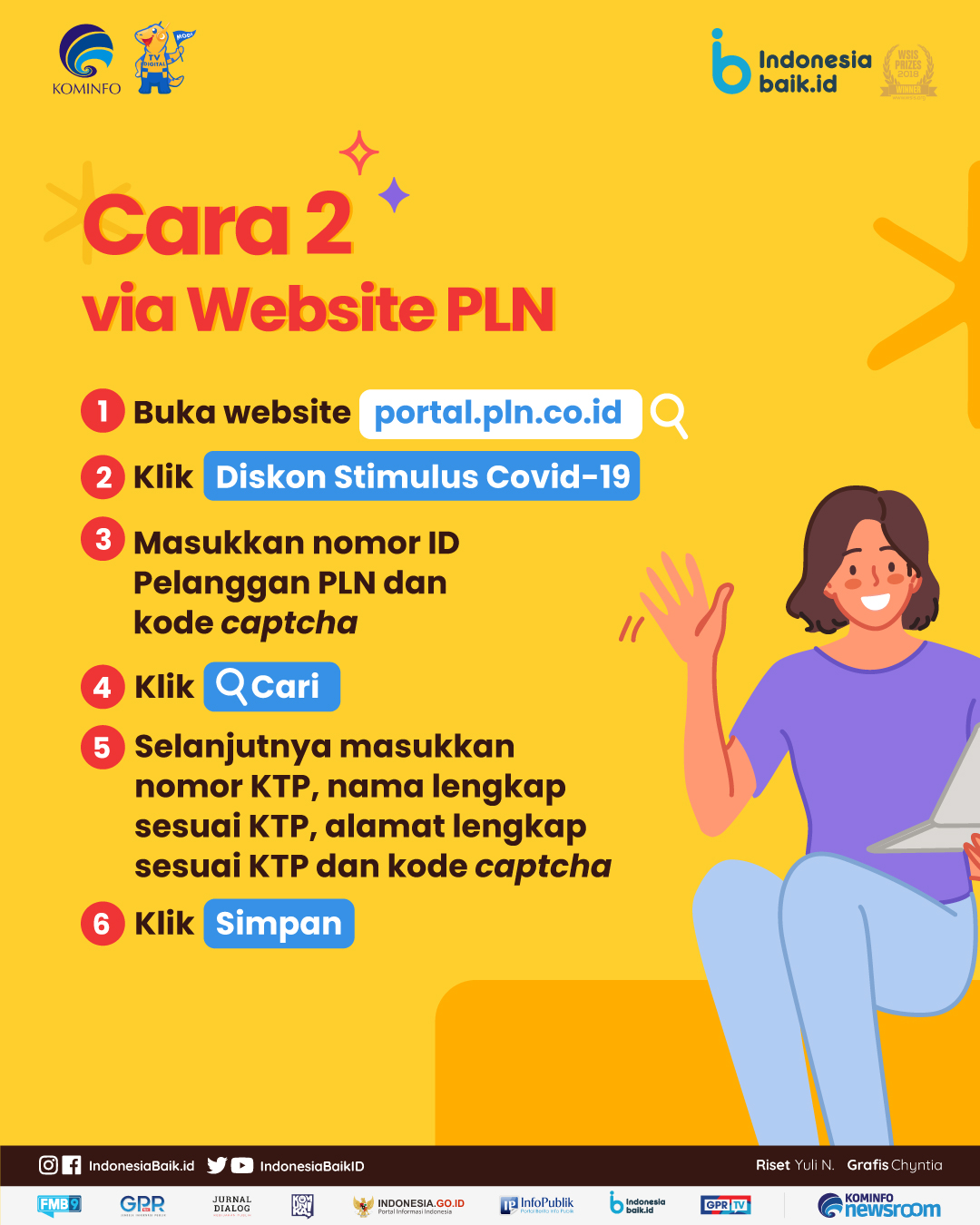Introduction
Indonesia, a vast archipelago nation with a diverse population, faces numerous challenges, including energy poverty and the need for sustainable development. To address these issues, the Indonesian government has implemented various energy policies, one of the most significant being the Subsidi Listrik program. This program aims to provide subsidized electricity to low-income households, thereby improving access to energy, boosting economic growth, and enhancing social equity. This article delves into the intricacies of the Subsidi Listrik program, analyzing its impact on relaxed Indonesia and exploring its potential for future development.
Understanding Subsidi Listrik
Subsidi Listrik, translated as “electricity subsidy,” is a government initiative designed to make electricity more affordable for low-income households. The program operates by providing financial assistance to electricity providers, allowing them to offer discounted rates to eligible consumers. The primary objective is to ensure that basic energy needs are met for vulnerable segments of the population, particularly those residing in rural areas and impoverished urban communities.

Eligibility Criteria and Implementation
The eligibility criteria for Subsidi Listrik are carefully defined to target the most vulnerable households. Key factors considered include income level, household size, and electricity consumption patterns. The program primarily focuses on households with monthly electricity consumption below a certain threshold, typically categorized as 900 Volt Ampere (VA) or 450 VA.
The implementation of Subsidi Listrik involves a multi-faceted approach. The government collaborates with electricity providers, such as Perusahaan Listrik Negara (PLN), the state-owned electricity company, to ensure the efficient and equitable distribution of subsidies. This involves:
Data Collection and Verification: Accurate data collection and verification of household income and consumption patterns are crucial for identifying eligible beneficiaries.
Impact on Relaxed Indonesia
The Subsidi Listrik program has had a profound impact on various aspects of Indonesian society, contributing to a more relaxed and equitable environment for many citizens. Some of the key impacts include:
Improved Access to Energy
Reduced Energy Poverty: By making electricity more affordable, the program has significantly reduced energy poverty, enabling low-income households to meet their basic energy needs for lighting, cooking, and other essential activities.
Economic Growth and Development
Stimulating Economic Activity: By reducing energy costs for households, the program has boosted disposable income, enabling low-income families to spend more on other essential goods and services, thereby stimulating local economies.
Social Equity and Inclusion
Reducing Inequality: By providing targeted support to low-income households, the program has helped to reduce income inequality and promote social equity.
Challenges and Considerations
While the Subsidi Listrik program has yielded significant benefits, it also faces several challenges and considerations:
Targeting Inefficiencies: Despite efforts to target subsidies effectively, there have been concerns about potential leakages and inefficiencies in the distribution process.
Future Directions and Recommendations
To maximize the impact of the Subsidi Listrik program and address the challenges it faces, several key recommendations can be considered:
Strengthening Targeting Mechanisms
Improving Data Collection and Verification: Invest in robust data collection and verification systems to ensure accurate targeting of subsidies and minimize leakages.
Promoting Sustainable Energy Solutions
Integrating Renewable Energy: Encourage the integration of renewable energy sources, such as solar power, into the program to promote sustainable energy consumption and reduce environmental impact.
Ensuring Program Sustainability
Diversifying Funding Sources: Explore alternative funding sources, such as public-private partnerships and carbon markets, to ensure the long-term financial sustainability of the program.
Conclusion
The Subsidi Listrik program has proven to be a crucial intervention in addressing energy poverty and promoting social equity in Indonesia. By providing affordable electricity to low-income households, the program has significantly improved access to energy, stimulated economic growth, and enhanced the overall quality of life for millions of Indonesians. However, it is crucial to continuously refine and adapt the program to address emerging challenges, ensure its sustainability, and promote a transition towards a more equitable and sustainable energy future. By effectively addressing these issues, the Indonesian government can further leverage the power of electricity to drive inclusive growth and build a more prosperous and equitable nation for all its citizens.


.png?w=200&resize=200,112&ssl=1)


